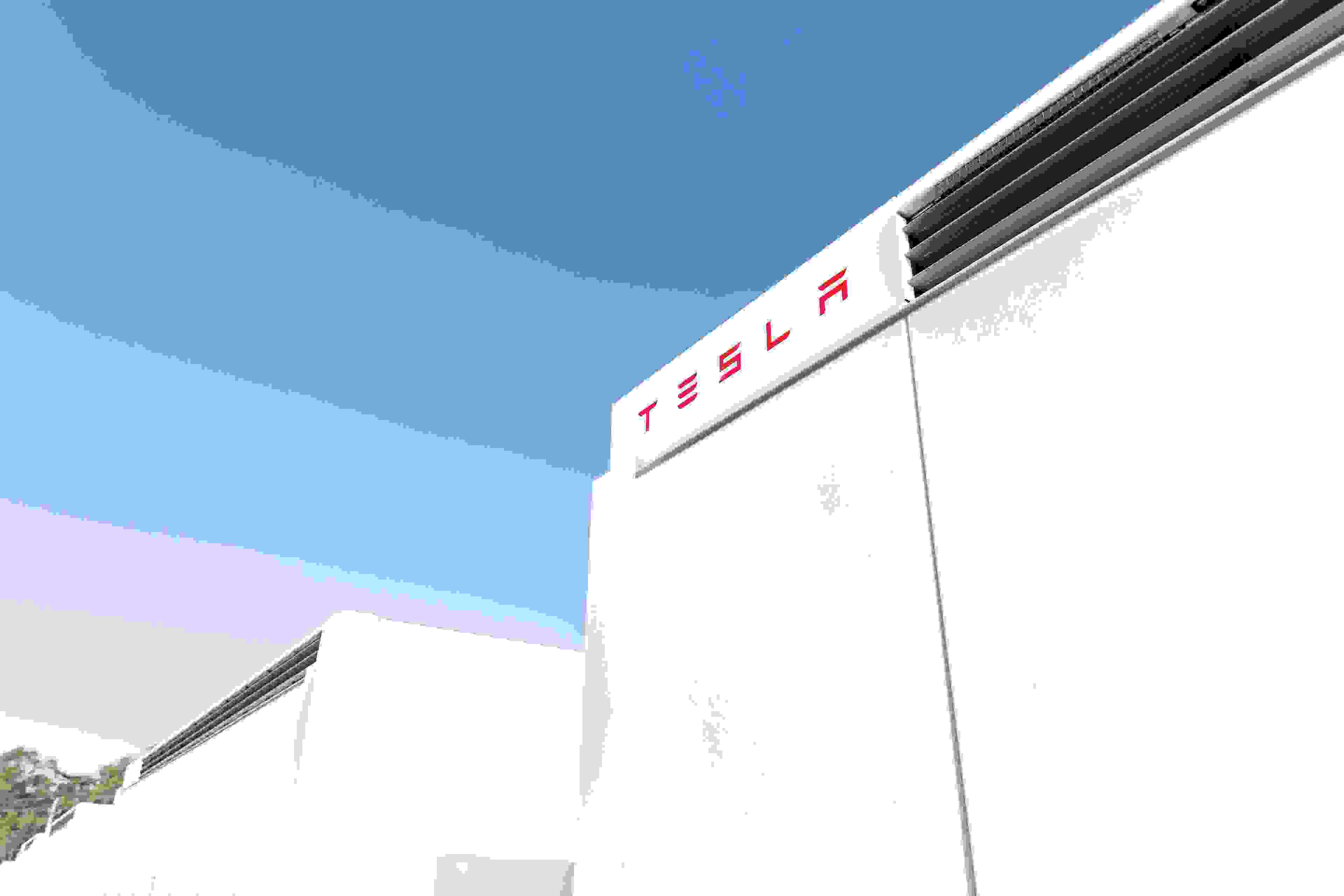Tesla
, helmed by its eccentric and sometimes erratic CEO Elon Musk, has been no stranger to controversy. The electric automaker has faced a myriad of lawsuits from breaking a free-charging promise to faulty self-driving features, but none have had quite the gravity of a tragic, fatal 2018 car crash that took the life of 18-year-old Barrett Riley. Riley and his friend in the front passenger seat were killed when he lost control of his father’s Model S and veered into a concrete wall at 116 miles an hour. The car was engulfed in flames upon impact. A third passenger in the rear survived with multiple fractures upon being ejected from the car.
Father James Riley alleges that Tesla was negligent for removing an after-market speed-limiting device from the car after his wife had asked for it to be installed. The family of the deceased also argued that would the car not have caught fire so intensely—a sign of a defective battery—Riley and his friend could have survived.
This isn’t the first-ever time Tesla has been linked to a fatal crash, but it is the first time Tesla will face a jury in litigation over it.
Tesla and other electric cars’ have a difficult safety issue
In 2019, the National Transportation Safety Board concluded that following an investigation of the crash, the fire was ultimately to blame as cause-of-death for Barrett Riley and his passenger. This crash is just one of many reviewed by the NTSB concerning fires erupting upon impact with lithium-based batteries used in Teslas and other electric vehicles.
While electric car battery fires are not necessarily common, they are uniquely dangerous and hard to contain. The batteries are not only highly flammable, but can be too difficult and dangerous for firefighters to extinguish. The batteries can also reignite hours or even days after the fire is initially extinguished.
A Tesla Model S fire in Houston, for example, took seven hours and 30,000 gallons of water to put out.
What this means for Tesla
Tesla requested to dismiss the case, but a U.S. Magistrate judge denied this dismissal over claims the company’s handling of the speed limiter was negligent and that the battery was defective. An expert detained by the Rileys argues that the battery design was lacking in fire-retardant materials.
Regardless of the conclusion of the trial, litigation of this magnitude will draw increased scrutiny towards Tesla’s brand image at a time when the brand is already struggling in some regards.
While Tesla, Inc. reported strong profits and high demand for its vehicles, the company continues to struggle with supply chain disruptions, and its factories continue to run below capacity.
The result of this lawsuit could set an important precedent for automakers moving forward, especially Tesla.

